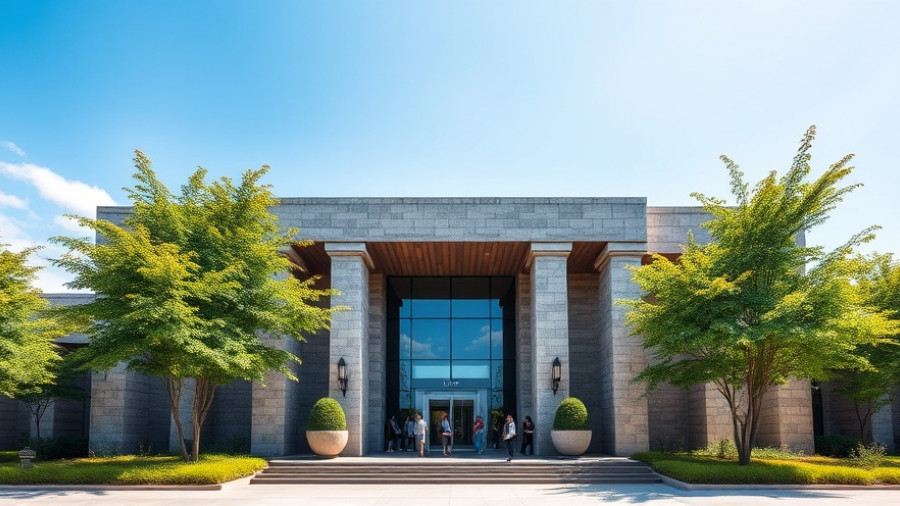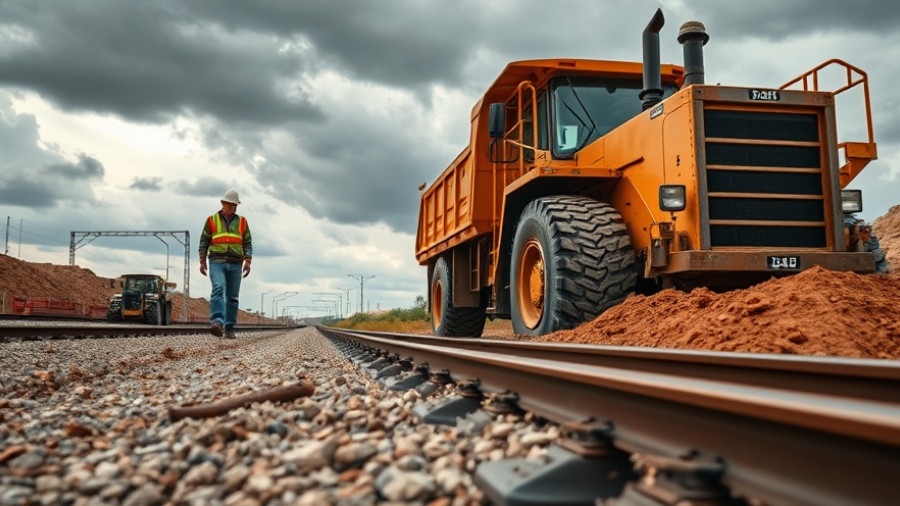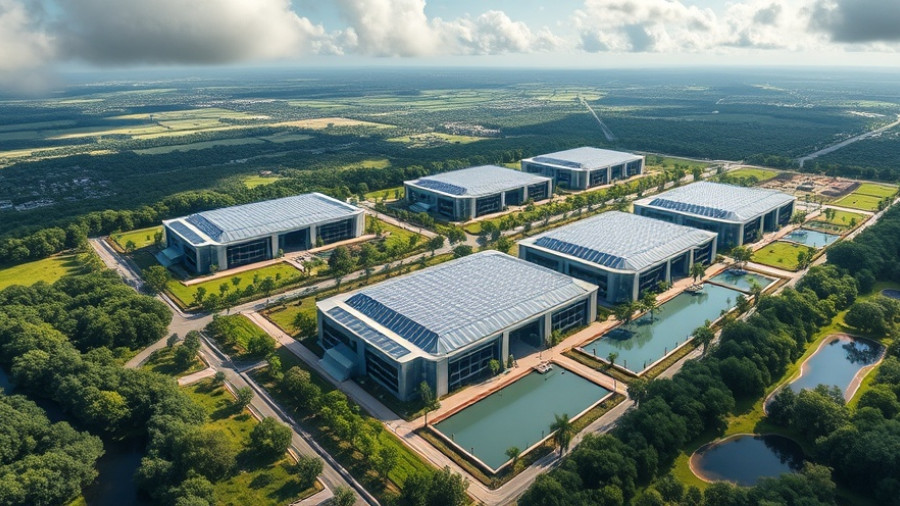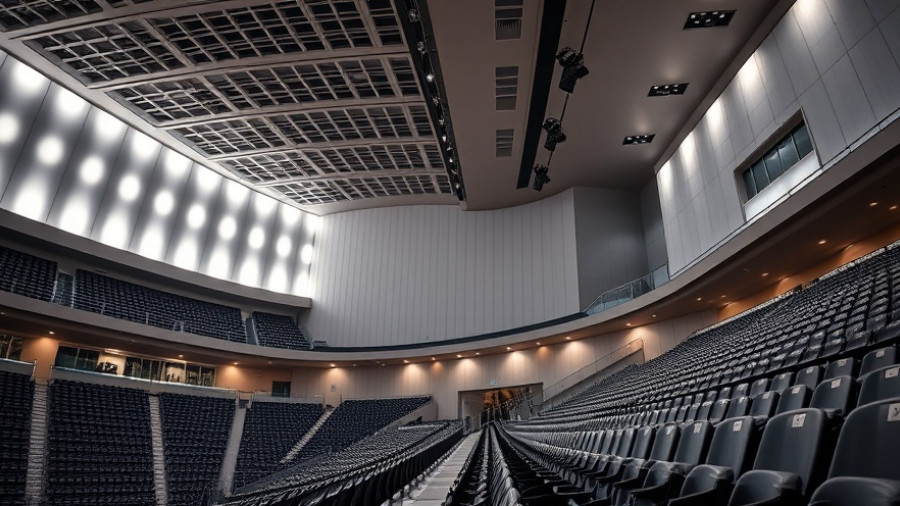
Introducing a New Era in Women’s Corrections
The groundbreaking of the $312 million women’s prison in Chesterfield Township, New Jersey, represents a pivotal shift in the state’s approach to female incarceration. After decades of issues at the Edna Mahan Correctional Facility, this new facility aims to promote rehabilitation over punishment, addressing both the needs of incarcerated women and the shortcomings of the previous institution.
Emphasizing Rehabilitation and Safety
According to Governor Phil Murphy, the design of the new 420-bed facility focuses extensively on trauma-informed care, prioritizing a secure yet supportive environment for women as they navigate their rehabilitation. By implementing innovative design principles, the facility intends to foster a sense of dignity within a campus-like setting. This shift is crucial; the long history of violence and abuse at Edna Mahan necessitated a complete overhaul of how incarcerated women are treated.
The Costs of Inaction: Savings Through Reform
The decision to replace the aging Edna Mahan facility not only provides a modern living environment for inmates but also paves the way for significant cost savings. Murphy has emphasized that maintaining the outdated facility would have drained $160 million in state funds. Instead, this new investment is designed to create efficiencies and improve the overall conditions for both inmates and correctional staff, marking a clear financial benefit amidst the ethical considerations.
A Community-Focused Facility
Strategically located in Burlington County, the new facility aims to enhance accessibility for families wishing to maintain connections with their loved ones behind bars. The design incorporates open spaces where women can attend educational and vocational training, receive medical care, and participate in programs designed to prepare them for successful reintegration into society. This offers a multi-faceted approach to dealing with the dynamics of incarceration, seeking to reduce recidivism rates by building self-efficacy and personal responsibility.
Looking Ahead: Completion and Cultural Shifts
The new prison is projected to begin receiving inmates as early as 2027, with expectations for full operation by 2028. The vision is one of transformation—not only of the physical structure but also of the culture within women’s corrections. With ongoing reforms and the application of trauma-informed policies, New Jersey aims to become a model for correctional facilities nationwide, setting the standard for dignity and rehabilitation in prisons.
Legislation on the Horizon
In tandem with the construction of this facility, state lawmakers are considering the Incarcerated Women’s Protection Act, which would codify protections for incarcerated women and provisions ensuring that any cultural improvements witnessed do not regress. Advocacy for continuous oversight is pivotal to solidifying the reforms initiated due to the abuses at Edna Mahan, as stakeholders call for a system that truly prioritizes the welfare of incarcerated individuals.
Conclusion: A Reimagined Future
The new women’s prison in Chesterfield represents more than just bricks and mortar; it symbolizes a fundamental shift toward a more humane and effective correctional system. As the state moves forward with construction, the successful implementation of progressive reforms will determine whether this facility can indeed be a beacon of hope for women in New Jersey’s criminal justice system.
 Add Row
Add Row  Add
Add 




Write A Comment